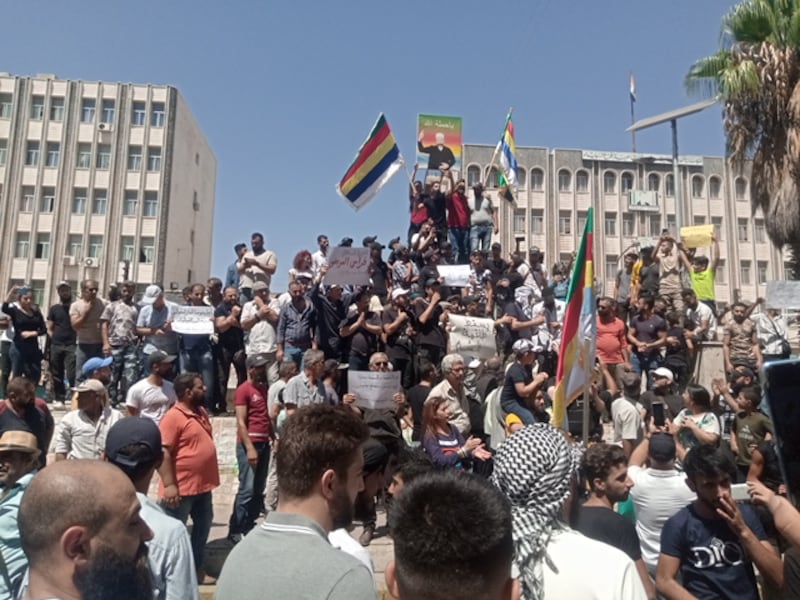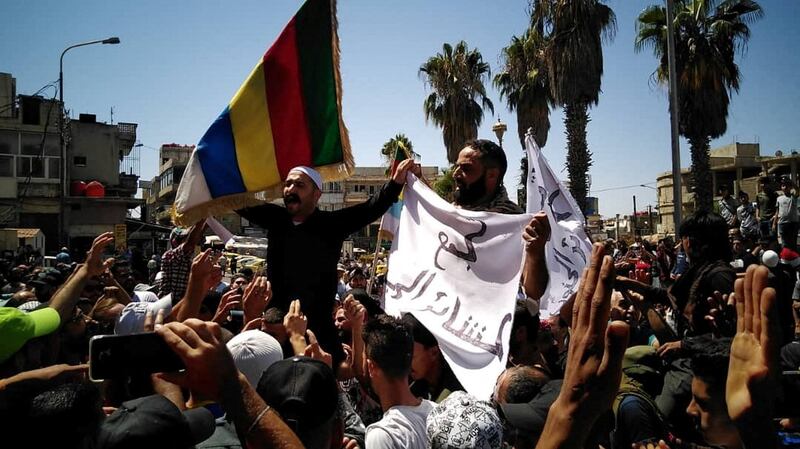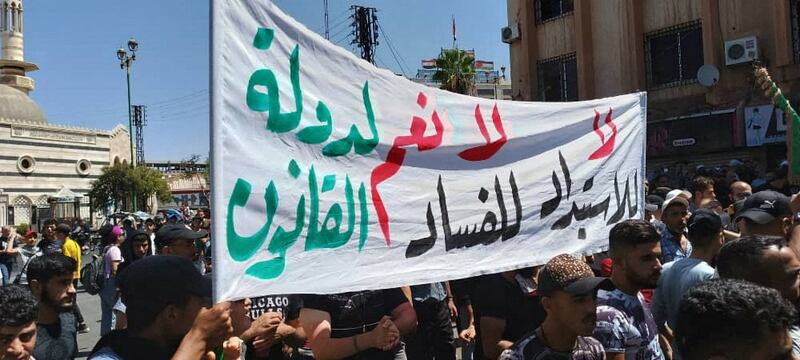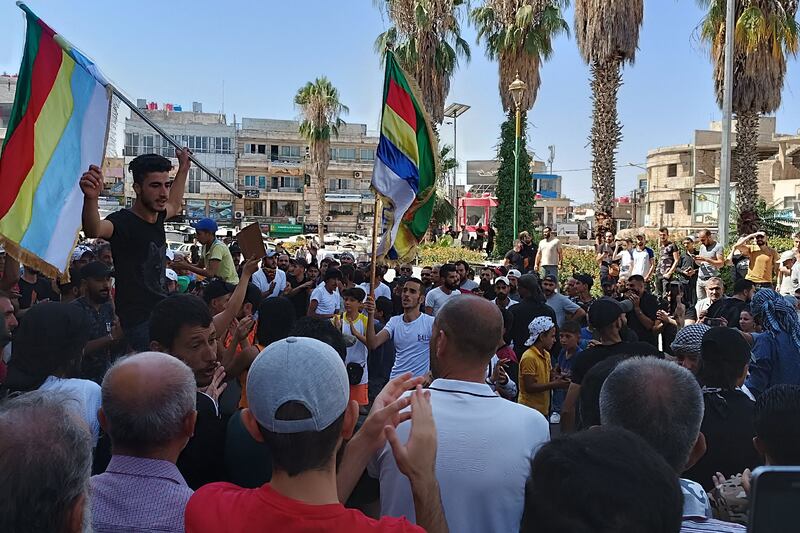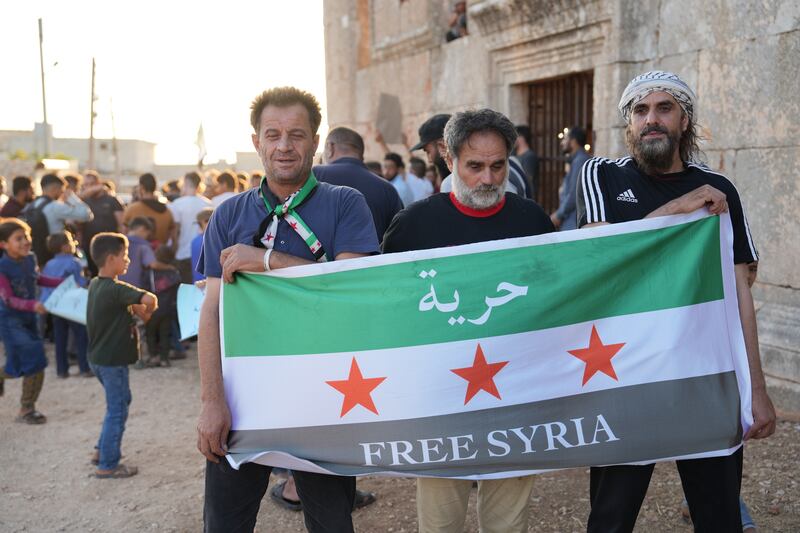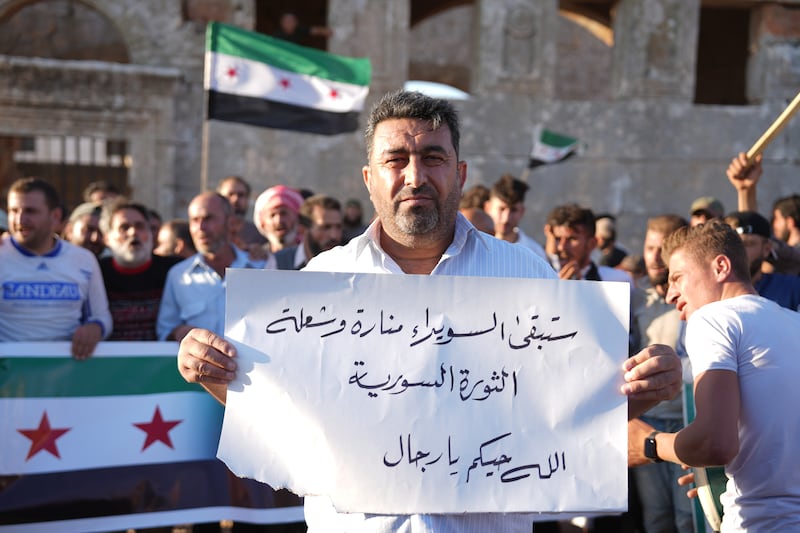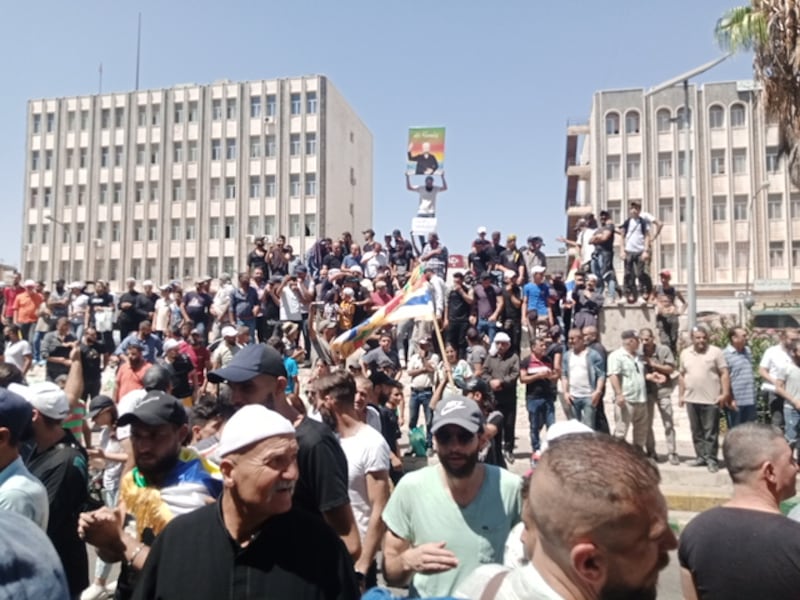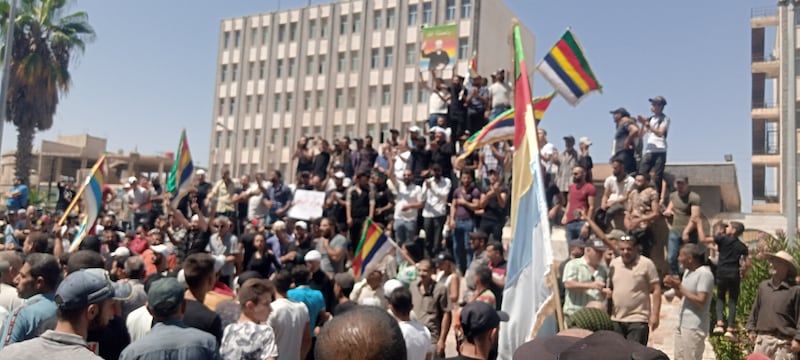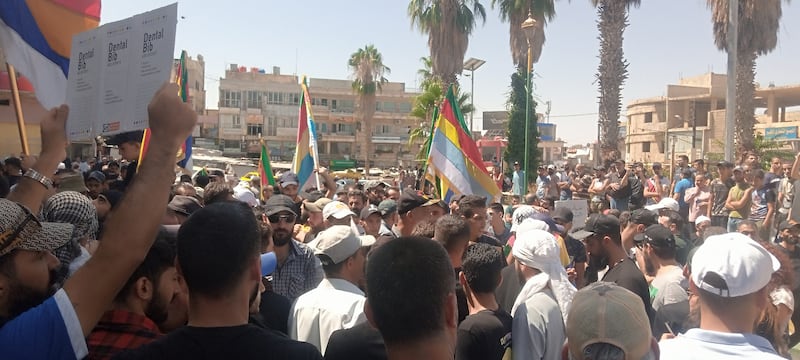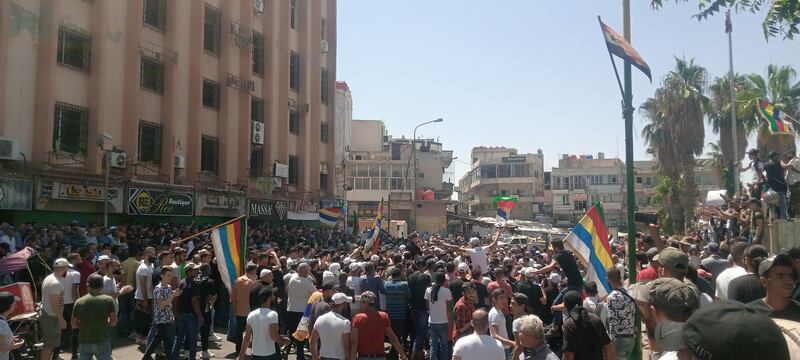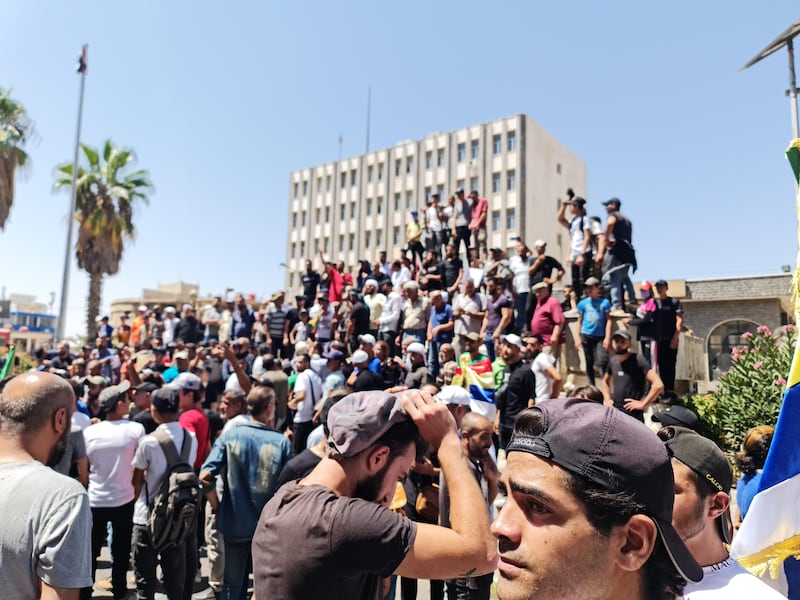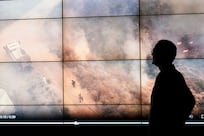Demonstrations against President Bashar Al Assad intensified on Wednesday in the mostly Druze governorate of Suweida in south-west Syria, a network of citizen journalists said, as two main Druze religious leaders in the area showed support for the protest movement.
The demonstrations broke out on Sunday after authorities more than doubled fuel prices, in a challenge to Mr Assad’s civil war strategy of placating minority sects.
His security forces have largely refrained from using mass violence against minorities, in contrast to the majority Sunnis, backbone of the 2011 pro-democracy uprising.
Rayyan Maarouf, a researcher at the Suwayda24 network, said that 1,500 to 2,000 people gathered on Wednesday at the main square in the provincial capital of Suweida, a sharp increase from previous days.
“The head of Assad for the blood of Balous,” shouted demonstrators seen video footage, with women among them.
They were referring to Sheikh Wahid al-Balous, a prominent Druze leader who formed a powerful militia, called Men of Dignity, and died in a car bombing in Suweida in 2015.
The crowd also shouted praise for Sheikh Hikmat Al Hajari, one of Syria's Druze clerical triumvirate. In a statement this week, Sheikh Al Hajari told protesters that “it is your right to demand dignified living” and that he had relayed to the authorities “numerous times” the need to curb corruption.
Sheikh Hamoud Al Hannawi, another member of the triumvirate, addressed an anti-Assad crowd in the nearby village of Qaraya, on Tuesday night.
He said Syrians “will not sit quiet against oppression”. Mostly young people around him shouted “Bashar out, out. Syria is free”, video footage showed.
Breaking from the past
The two religious leaders remained neutral when the revolt broke out against the government in March 2011, while Sheikh Youssef Jarbouh, expressed support to the regime.
By the end of the year, the Syrian uprising had turned into a civil war, after security forces responded with violence to crush the protest movement.
In 2015, a military intervention by Russia rolled back rebel advances and allowed Mr Assad to recapture key parts of the country, while a balance of power remained in Suweida between pro- and anti-regime militias.
But dire economic conditions and a collapsing Syrian pound have since compromised the president's drive to consolidate his power in Suweida and the rest of Syria.
Mr Maarouf said sit-ins, protests and other acts of civil disobedience occurred in 30 villages and towns in Suweida governorate on Wednesday.
Among them were the Roman-era city of Shahba, Houwaya, Salkhad, and Qaraya – site of the tomb of Sultan Basha Al Atrash, a revered Druze figure who led the 1925-1927 Great Syrian Revolt against French rule.
A strike that started on Sunday in Suweida has continued, Mr Maarouf added.
He said that young Druze men have also cut off roads and prevented ruling Baath party cadres from going to their branches.
Baathists, mostly belonging to the Alawite sect, took power in a 1963 coup. In 1970, Hafez Al Assad, Mr Assad’s father deposed another Alawite officer, ushering in family rule over the country.
While the security apparatus underpinned the functioning of the system, Hafez Al Assad built a strong base among Sunni businessmen in Damascus and Aleppo as well as the country's minorities. He replaced Sunni tribal leaders with loyalists and allowed Syrian Kurds to join the separatist Kurdish PKK, weakening the Kurdish opposition to his rule.
This multi-ethnic, multi-religious alliance has been strained by accelerating economic collapse since 2019, related to the financial meltdown around the same time in neighbouring Lebanon, the deposit house for Syria.
Bouts of unrest in Suweida since then were either crushed or fizzled out. But sporadic protests in the last few weeks gained momentum after the sharp increase in fuel prices.
In 2011, when Mr Maarouf marched in the Suweida demonstrations, the crowds were mostly tiny, consisting mainly of members of the Druze intelligentsia.
“People from Suweida used to come and beat us, saving the regime the need to intervene,” he said. “Those who took grey positions in 2011 are marching today in the streets.”
